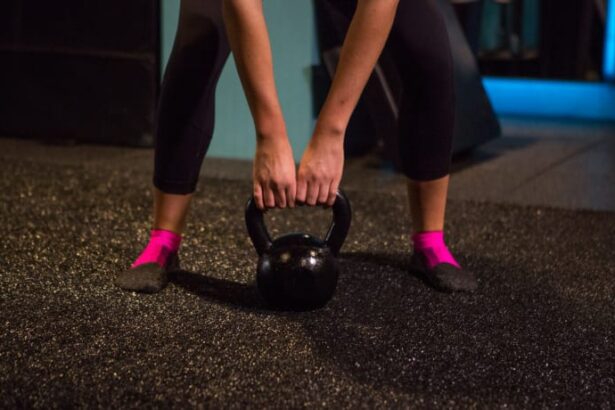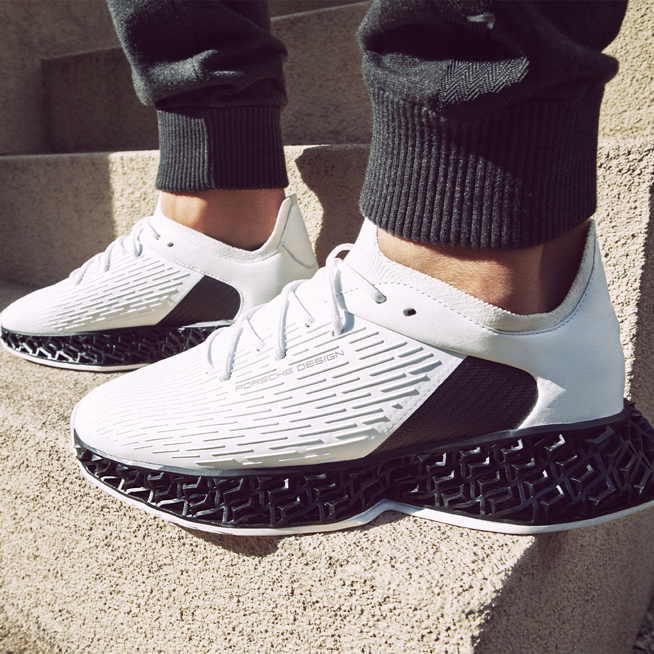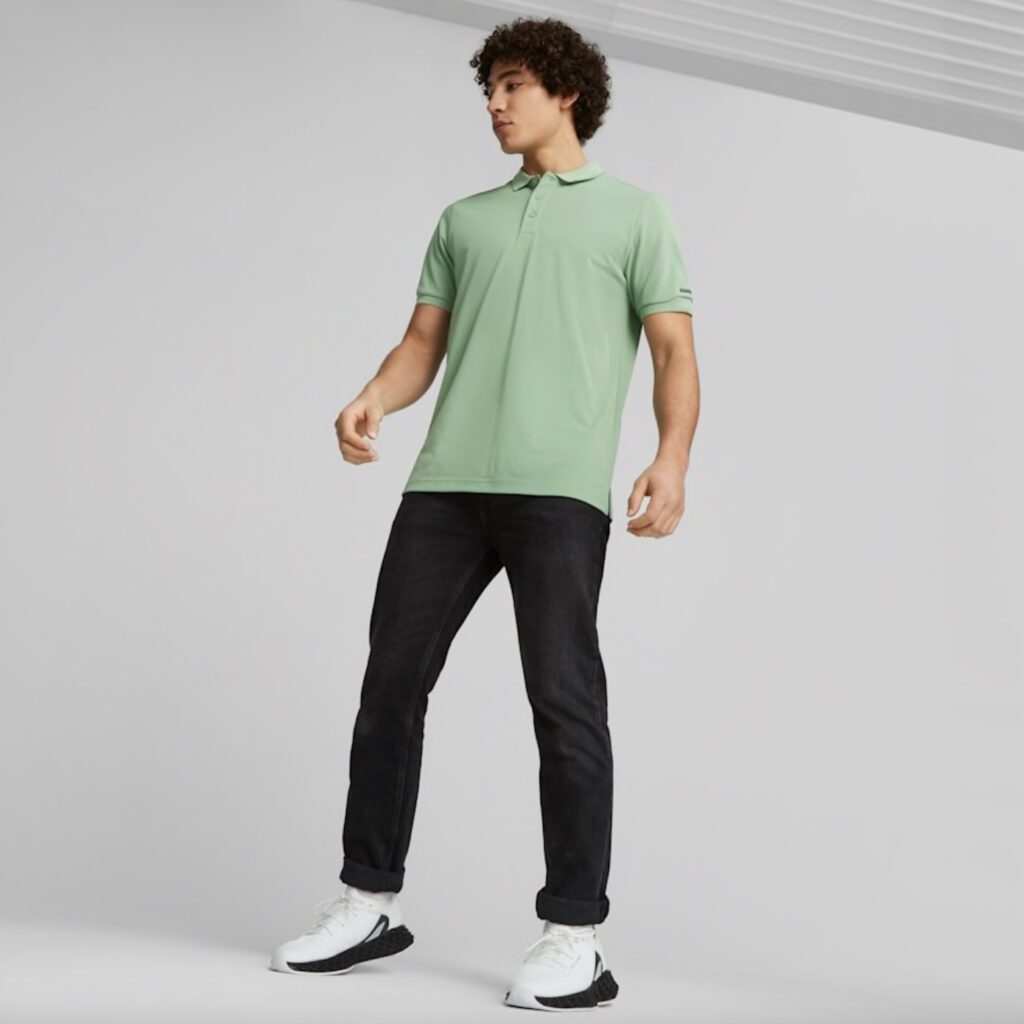Just recently Porsche Design and Puma collaborated on the design of a new shoe, the 3D MTRX. The athletic footwear uses vat polymerization to make a lattice sole with high energy return, promising to convert 83% of its vertical energy into forward movement. Featuring EvoKnit uppers and carbon fiber details, the sneaker weighs just 405g. We interviewed the Porsche Design Team to learn more.
An industrial design studio, Porsche Design has worked on knives, electric trains, electronics and watches. In response to our questions the team said that its main reason for applying 3D printing to shoe design was a wish to expand the boundaries of design. The company feels that 3D printing allows it to increase the complexity of shapes and structures beyond what is normally possible with mass manufacturing.
One thing I found especially interesting is that the team stated that 3D printing, “enables us to produce customized and limited-edition products with high precision and accuracy.” That to me is an excellent business model for a design firm. To be able to let your ideas take flight in a cost-effective manner could be both profitable and rewarding. But, will this always be a niche activity for the happy few? Here, the Porsche Design team was bold in stating:
“While 3D printing is currently being used primarily for niche and limited-edition products, it has the potential to revolutionize the entire footwear industry. As the technology becomes more widely adopted and costs come down, we expect to see 3D printing being more commonly used for larger production runs and even mass-market products.”
It’s nice to see a company take a stand on the mass market potential of 3D printed products. Whereas, there have been previous waves of hype related to desktop 3D printers and printing everything imaginable, I do think that this time it may be different. Now, with new technologies and increased knowledge, we are on the cusp of the right product making 3D printing much more mainstream.
One example of greater flexibility and freedom in the shoe design was that the team was able to turn the Porsche Design logo into the central inspiration for the sole. But, what about the customers? So far, a lot of the 3D printing shoe efforts on the market seem to be focused on the designers, not so much on the people buying the items. What customer value is there in 3D printing shoes?
“For our customers, 3D printing means more access to innovative designs and better build quality,” the team said. “With the 3D MTRX sneaker, customers can enjoy a unique product that combines the latest in design and manufacturing technology with the highest standards of quality and craftsmanship.”
To me this balance of quality and craftsmanship has been an issue so far. If the 3D MTRX could be a portend of taking a product for the happy few and making it more accessible under these conditions, then it would perhaps be a path to greater use of 3D printing in consumer goods. The company is also interested in the ability to 3D print footwear perfectly tailored to the size of the wearer.
“One of the significant advantages of 3D printing is the ability to produce customized products on demand. With this technology, it is possible to create shoes that are tailored to each individual’s unique foot size and shape, resulting in a perfect fit every time,” the team told 3DPrint.com.
So far, companies have stuck to the same standard footwear sizes, but imagine if I could walk into a Puma or Porsche Design store and scan my feet to obtain my perfect shoe size. With confidence, I could then order again from this brand. Heck, that scan would be a great bit of information to share or own.
Reportedly 30% of things bought online are returned. That environmental impact and inefficiency is substantial and could be reduced from having the correct fit. I can’t wait for someone to figure out how to get us all 3D scanned. If 3D printing can then make unique shoes for your feet, it would be better for everyone. I really hate that we all have to cram into half-an-inch or 0.5cm increments. Also, I know a lot of people that have differences in their shoe sizes from one foot to the other, and this would greatly increase their comfort. Barring this, the company also envisions a scenario whereby there would be more shoe models.
“With the flexibility and freedom that 3D printing provides, there is tremendous potential for a wider variety of shoe designs and styles. As the technology continues to evolve and becomes more widely adopted, we expect to see a greater diversity of products on the market,” the team told us.
Apart from sheer size, more models could also mean greater differentiation. Designers could cater to the aforementioned niches better and make those special editions even more special. More product diversity could be something to titillate consumers with. Also, if we look at 3D printing’s ability to enable short production runs, the technology could reduce fashion risk. With less worry about long lead times, less need to accurately predict large orders, and less capital tied up in the supply chain, companies could make more SKUs, differentiate, and reduce fashion risk all simultaneously. Coupled with this, Porsche Design also feels that 3D printing helps companies with iterations and this, “can result in faster time to market and more responsive product development.”
SOURCE: https://3dprint.com/300250/exclusive-interview-porsche-design-on-3d-printing-shoes-with-puma/







